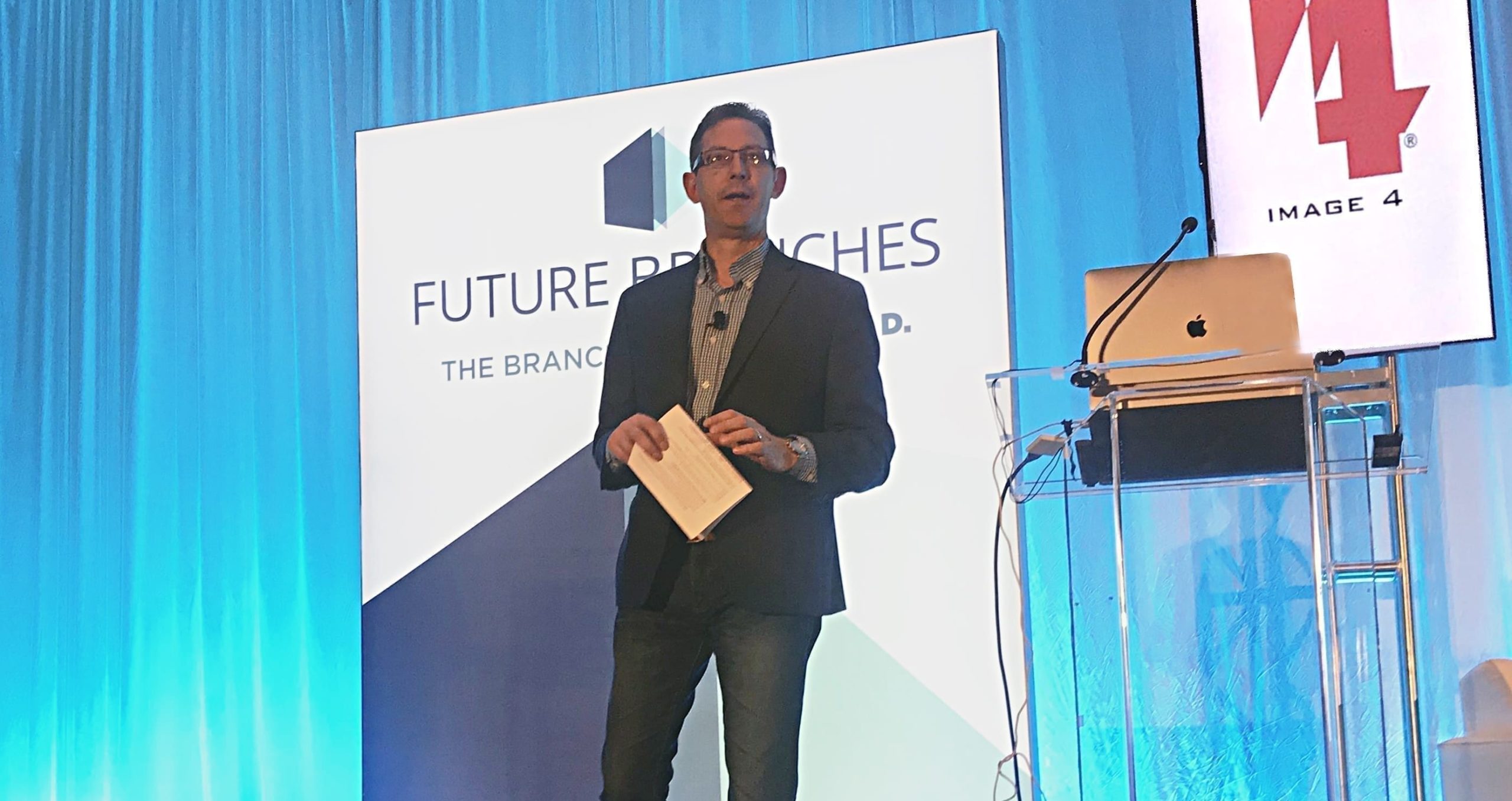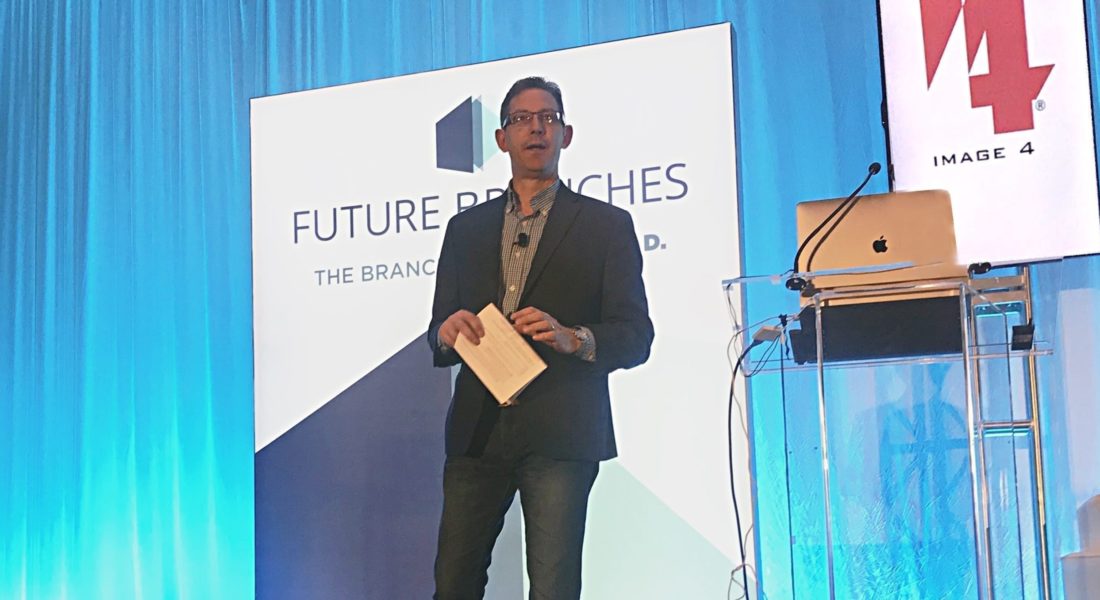For any trade show, budgeting can be a challenge; however, it is a critical aspect of a successful show. First, it helps align everyone’s expectations around costs and potential value. Second, it’s a baseline for analyzing success. Budgeting is a lot easier to do if you start far enough in advance and to help you do that, here’s a basic checklist to get you started. This includes all of the most common expenses for a sales development event of any size. Keep in mind that not all of the below applies to every show, and there are certainly a host of additional bells and whistles that could be added to this list. The sky’s the limit, but smart budgeting will keep your head out of the clouds.
Travel and Staff (about 20%)
Staffing analyses can help lower trade show-associated costs by focusing on efficiency. It is vital to model your staffing load to ensure that every prospect is greeted, evaluated, and “sold” to – failing to do so could lead to missed opportunities and wasted dollars. People attend industry trade shows to see what’s new, to network, and to build relationships with the people and brands they think will help them to succeed. Appropriate personnel selection and staff capacity helps you do that. This budget category includes all costs related to paying, transporting, and accommodating your people.
- Salaries of staff required to accomplish your sales and outreach goals
- Any required sales or product training
- Travel, per diem, and lodging
- Any supplementary talent (presenters, influencers, brand ambassadors, etc.)
Presence (about 50%)
Trade shows are busy places. Precise messaging and a stand-out exhibit will cut through the noise to make sure your booth isn’t simply a structure around which there is “accidental activity.” User experience is key and at the end of the day, it’s all about how you made your customer feel about your brand and how well your booth conveys that brand. Presence costs include the costs of renting booth space, design services, renting or building and setting up your exhibit, and other expenses directly related to your presence at the event.
- Exhibit space
- Exhibit design
- Exhibit structure and utilities
- Technology
- Attendance at associated events (dinners, press room, keynotes, etc.)
Deployment (about 10%)
Deployment costs are those related to the permitting, transport, and setup of your booth and exhibit and are often the most overlooked items in a typical trade show budget.
- Freight to and from
- Drayage
- Refresh-refurbishment
- Installation-dismantle labor and supervision
- Engineering and permits (if needed)
Marketing and Promotion (about 20%)
Without some marketing and promotion, you’re not going to get the maximum ROI out of your show. Our most successful clients integrate a carefully developed pre-show and post-show content program with the power of the show, often moving the prospect through the sales funnel 50% faster than either shows or content programs alone.
Here are the most essential marketing components to factor into your budget:
- Pre-show traffic development (emails, newsletters, ads, social media, etc.)
- Branded giveaways, freebies, and collateral
- At-show messaging (digital and print content, promotional announcements, press kits, media attention)
- Post-show connections (emails, in-person and phone follow-ups, LinkedIn ads and surveys, etc.)
Every sales development event, big or small, has the potential to demand many parts of the budget list above. Building traffic, creating a valuable user experience, and designing memorable branding, allows you to win mindshare and new business.
For more help with trade show logistics and execution, check out Image 4’s “no-surprises” trade show solutions: we offer rental and ownership options, as well as full pre- and post-show marketing services. Stay tuned for our proprietary, interactive Trade Show ROI Estimator coming soon!
Category: Events/Exhibits

